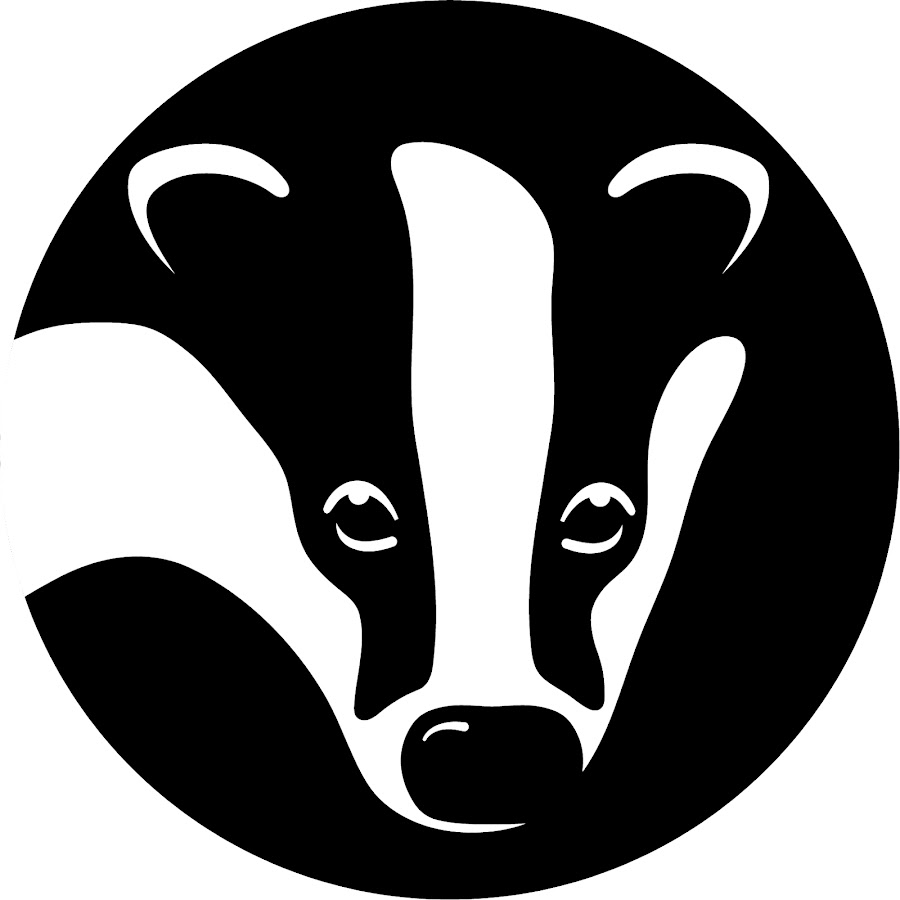Walking in England’s New Forest in 1892, butterfly collector S. G. Castle Russell encountered such numbers of the insects that they “were so thick that I could hardly see ahead”. On another occasion, he “captured a hundred purple hairstreaks” with two sweeps of his net.
Patrick Barkham, who recounts these riots of nature in his 2010 book on butterflies, laments never seeing such a sight. However, new research suggests Barkham is a rarity, because a lot of people are forgetting, or just don’t appreciate, how much wildlife there was.
To gauge this effect, Lizzie Jones at Royal Holloway, University of London, compared population records dating back to 1966 of 10 UK bird species against public perceptions of those birds. More than 900 people told her how abundant they thought the species – including declining ones such as house sparrows – were today and when they were aged 18.


Same for where I lived in Southern Ontario. We used to need to really scrub the windshield every time we drove back into the city to get all the bugs off. Last time I drove, you could count every bug on your fingers.
There also used to be swarms of gulls at my parents’ cottage. Hundreds and hundreds of them every day. We used to bring a giant brush broom to clean all the bird shit off the granite at our swimming spot. Just 2 decades later (a decade ago) there were only dozens we’d see most days, and we only clean off the bird shit once/season.
As a child, there were hundreds of frogs there, too. I saw only a few at all on my last trip there.
Our ecosystems are struggling everywhere, at every level.